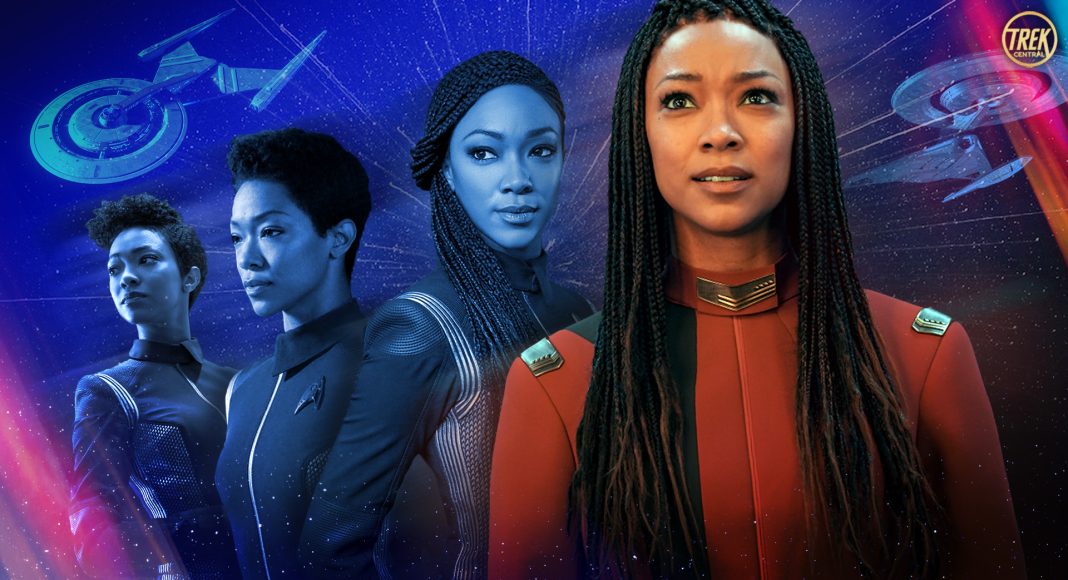Recently the news that Star Trek: Discovery was flying into it’s fifth and unexpectedly final season broke. After weeks of speculation around Paramount’s finances and streaming strategy. After five seasons of content and seven years of production. Discovery is making it’s final spore jump in 2024. We’ll be taking a look back at Star Trek Discovery and what it meant for the franchise as a whole!
The internet was instantly awash with discussion and commentary. Discovery has always been the most controversial Star Trek show within the Star Trek fan community. Though looking back retrospectively the show has always stood up as a shield for a lot of criticism. This allowed the shows that followed it to be more adventurous and bring their themes and aesthetics forward from the much loved ‘Berman’ era of Star Trek without attracting the same vitriol.
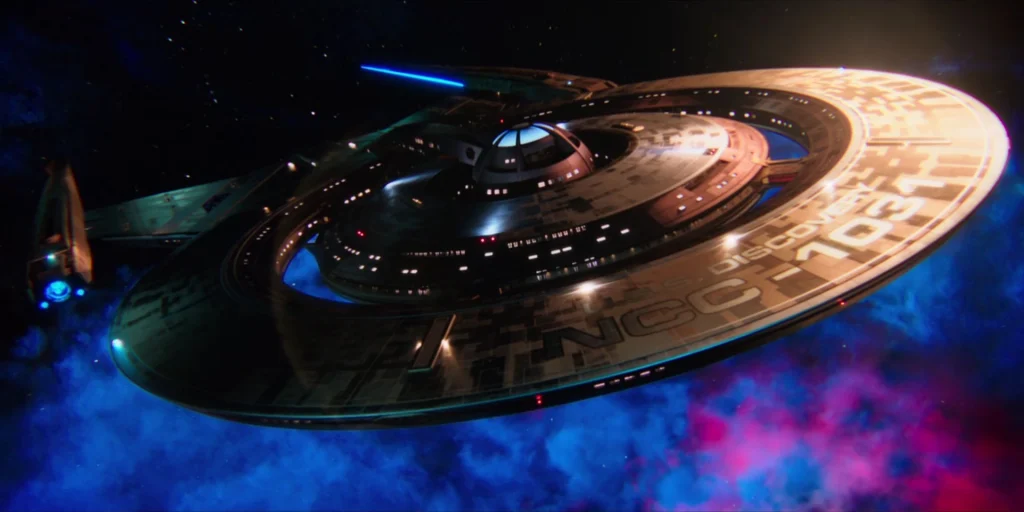
Setting the Criteria
As I praise Discovery for moving Star Trek forward from the Berman era. I recognise the irony of using an episode from the Roddenberry era that immediately preceded it as a context hook. However I’m going to do it and the episode selected is one that all Trek fans widely regard as ‘core’ Star Trek. It is of course, The Measure of a Man.
For those that haven’t seen it, or haven’t watched it in a while The Measure of a Man is a Star Trek: The Next Generation episode and the first television credit for recurring TNG writer Melinda M. Snodgrass. The episode deals with a dillema raised by Dr Bruce Maddox and his desire to dismantle and study Lt Commander Data. He intends to replicate what makes him unique for mass production. The dillema of the episode centers around Picard and Riker as Data’s friends and colleagues being chosen to take up opposite arguments as to whether or not Data is sentient.
As Maddox set his three criteria for sentience out, I set out three criteria for what makes a Star Trek show ‘Star Trek’. In line with the values spoken at the start of 10 seasons of television, a Star Trek show must:
1. Feature Space prominently as a setting or travel medium (These are the voyages…)
2. Feature exploration and have drama that isn’t entirely Earth centric (To explore strange new worlds and civilisations…)
3. Be bold in it’s aims and execution (To boldly go where no one has gone before)

Early Troubles
Now to give those that have a dislike of Discovery their due, it would be unfair not to acknowledge the missteps and ‘behind the scenes’ drama. This fan for certain would argue that the show didn’t appear triumphantly on stage but rather, stumbled out the gate. The first teaser released in 2016 featured the ship leaving dry dock. Only not only was the design of the ship not finished, but it seemed like the CG was a rush job as well.
A note for future executives – rebooting one of your key brands with a half baked teaser does not inspire confidence.
So, it’s 2016 and the critics of the show are already gathering momentum. It’s not even aired an episode yet. Great! Though as a plus point many were happy and identified that the ships design was a callback to a Ralph McQuarrie design. Originally made for ‘Planet of the Titans’, an early version of The Motion Picture that never made it to production.
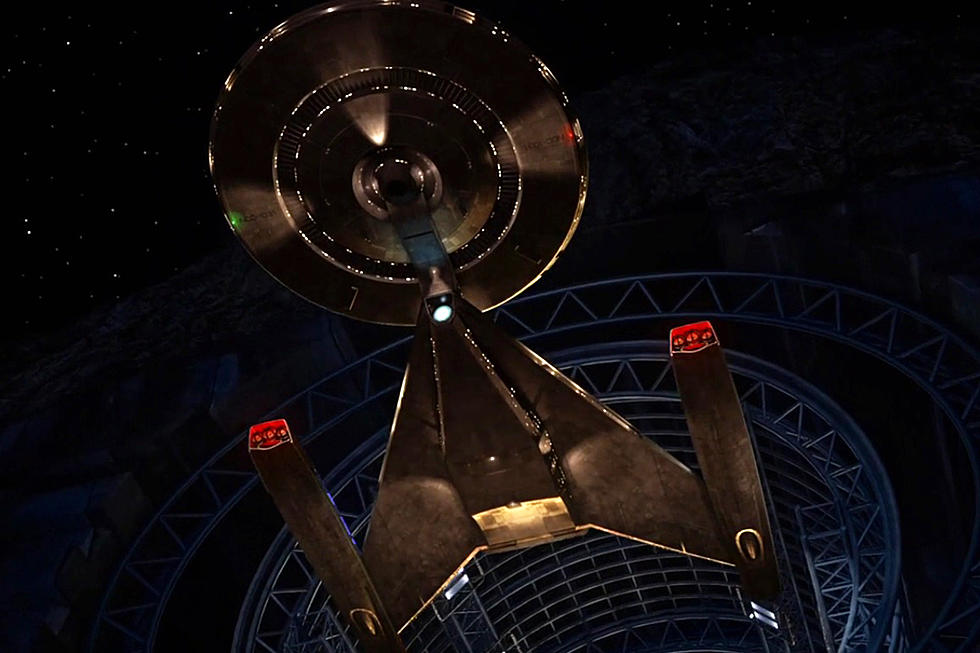
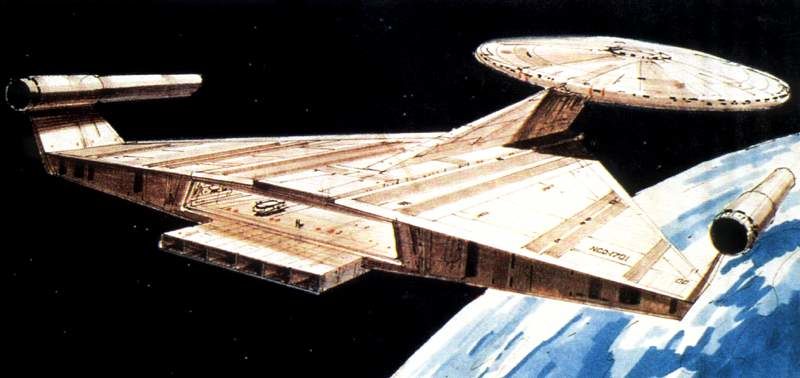
Behind The Scenes Drama
Discovery wasn’t being produced in isolation either. While it was in pre-production a certain fan project that shall not be named (due to it’s exploitation of Star Trek fans and inadvertant destruction of the Star Trek fan film community) had a lot of steam behind it. Comparisons were naturally made between this fan films ‘prelude’ and Discovery. In particular, the quality of CG that Discovery had put out to make it’s first mark on the global stage.
That was June 2016. By October more trouble was beginning to leak out of the CBS lot with the news that Star Trek allum and showrunner Brian Fuller had been asked to step down by CBS. The end product we got on screen was apparently different in many ways to the original plan. Designs and “more heavily allegorical and complex story” were dropped under co-showrunners Gretchen J. Berg and Aaron Harberts, ironically hired by Fuller himself.
Between Season 1 & 2 it didn’t calm down either. Nicholas Meyer (yes, that Nicholas Meyer) who had been invited onboard the team as a consulting producer wasn’t asked back. Akiva Goldsman, a supporting producer in the wake of Fuller’s departure stepped away citing ‘clashes with the writing staff’. Then when the second season was underway, CBS fired Berg and Harberts. Mentioning that there had been allegations of abusive behaviour from them in the writing room. Not good. Alex Kurtzman (having been an Executive Producer only up until this point) was forced to step in to ‘right the ship’ so to speak. He promoted Michelle Paradise from writer to co-showrunner and behind the scenes, at last, Discovery saw calm seas.
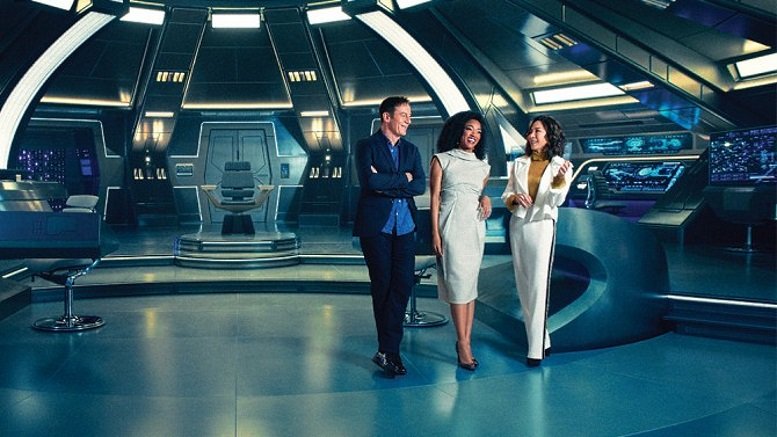
These Are The Voyages
So back to our criteria for Star Trek. And looking at Discovery through the lens of The Measure of a Man. Lets see if Star Trek: Discovery really went that extra mile (or lightyear, as is more appropriate in this case).
Discovery’s first season was set in the Alpha Quadrant, but within that we still found our way to alien worlds. Si Vis Pacem, Para Bellum and Into the Forest I Go, the eighth and ninth episodes of the first season saw some of our principle cast set foot on the world Pahvo. A planet with non-bipedal life, energy life forms that possess a member of a crew and a natural communications attena.
The first season (controversially) took us a step further and took us to a whole other reality. It fleshed out the power structures and ‘scheming’ of Star Trek’s much loved or lamented Mirror Universe – first introduced in The Original Series episode Mirror, Mirror. Though used sparingly through Trek’s history and primarily in Deep Space Nine. The universe had previously been used as an opportunity to let actors embrace the camp of the Star Trek setting and chew some scenery. While Discovery maintained that, it also did it’s best to introduce order to chaos for instance, making it somewhat believable that the people of this universe would find a way to build starships before killing each other.
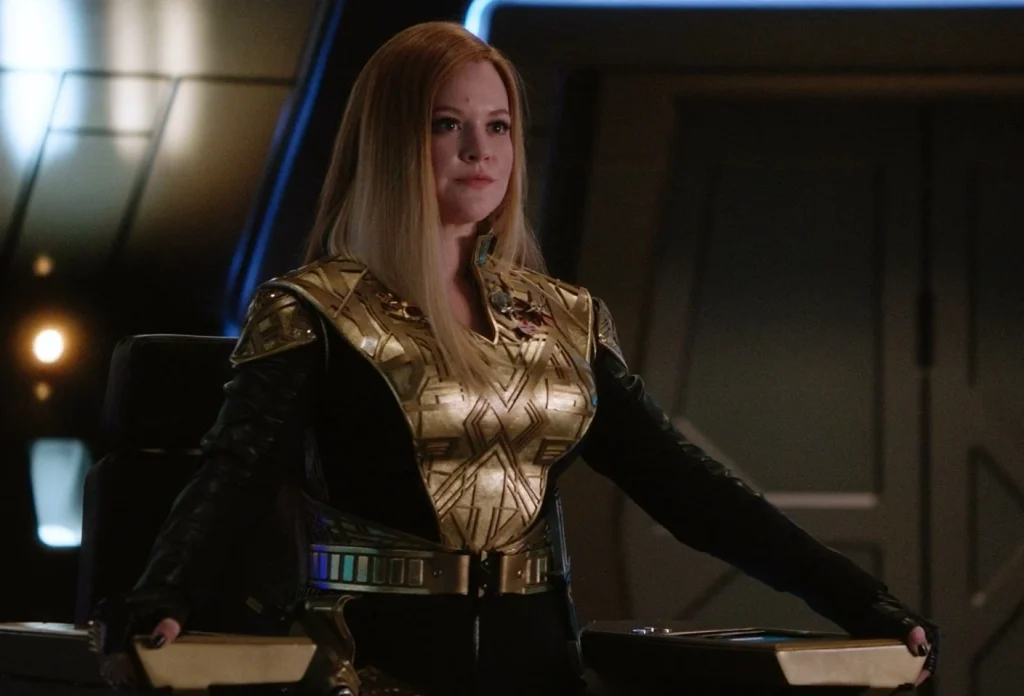
… Of The Starship Discovery
But seasons 2, 3 and 4 didn’t let up on the exploration. Season 2 introduced us (outside Short Treks) to Kaminar, New Eden, Essof IV alongside return visits to Boreth and Vulcan.
Season 3 & 4 didn’t let up either. They took us to the planets Hima, ‘The Colony’, Hunhau, Kwejian and more. While also returning us to the likes of Trill, Earth and again, Vulcan.
It’s safe to say that if a criteria of a Star Trek show is for it to go around exploring planets, Discovery ticked that box.
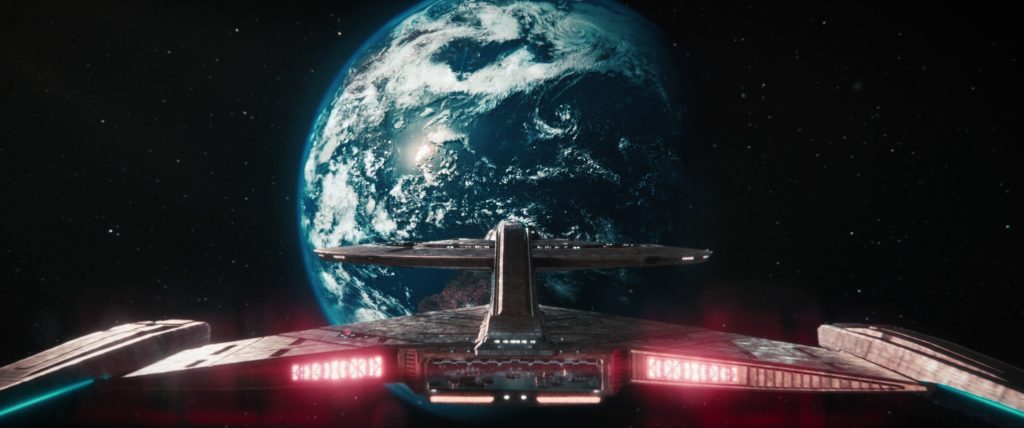
Seeking Out New Life
From the get go, Discovery embraced this mission statement. We had the most alien main cast member (no offence intended to Spock, Worf or any others) in Saru. Doug Jones worked hard to differentiate him your standard Trek alien, or as my late grandma referred to them: ‘funny foreheads’.
The show through the first, second and third season embraced the strange possibilities of alien life out there more than any other. Gone were your typical bipedal aliens for every encounter in favour of ones like… Tardigrades and the Ba’ul. Although our favoured bipeds still appeared in all shapes and sizes (quite literally in the case of Season 4s Changeling).
But of course, no summary of alien life in Discovery would be complete without addressing Season 4s fantastic ’10-C’. A species of alien life who are so far beyond us that we had to learn a whole new way of communicating. Just so they would recognise us more than we would recognise say… An ant. Season 4 drew much praise for it’s portrayal of alien life in this way. Plus, the messaging and themes of the season are Star Trek to the core.
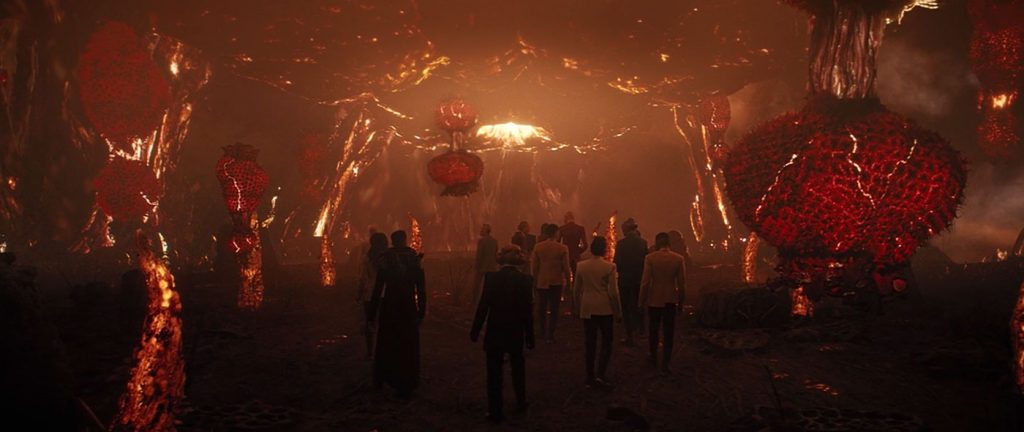
To Boldly Go…
To paraphrase Picard. I say now to those that consider Discovery not a, or a lesser Trek, that it has met two of the criteria of a Star Trek show. What happens if it meets the (highly subjective) third?
From the perspective of this Star Trek fan, Discovery has gone boldly more than any other Star Trek show since The Original Series. The show that brought a Russian, a Japanese man and a black woman together on to the bridge of a starship in the 60s. The show features Star Trek’s first principle cast gay couple. It’s first black female lead. Plus the first non-binary and transgender principle cast members/characters. It’s undeniable that the show opened up representation in Star Trek in a way that hadn’t been seen in decades.
The show has also indulged in science fiction themes that other shows have lacked the budget or scope to do. As the 10-C previously mentioned prove. Hell, the show jumped us a millennia into the future in response to fan feedback about how anachronistic the ship seemed within the 23rd Century. Then it introduced a whole swatch of technologies and starships in the process!

Concluding
I will now address you, the reader, regardless of your stance on Discovery and once again paraphrase Picard:
Star Trek as a franchise was built to be science fiction that tests the boundaries of what we consider science fiction, that . Well, here is Star Trek. Waiting. You wanted new, fresh, Star Trek? Well here it is.
As Gene Roddenberry once said:
Star Trek was an attempt to say that humanity will reach maturity and wisdom on the day that it begins not just to tolerate, but take a special delight in differences in ideas and differences in life forms.
Gene Roddenberry
So delight in those differences that Discovery has brought to the table and, Lets Fly.
More From Trek Central
📰 – INTERVIEW: Star Trek: Picard Showrunner Talks Season 3!
🔥 – NEW Star Trek: Picard Clip Starts The Season 3 Plot
🔍️ – Explore Star Trek: Picard’s Stargazer
Join the Star Trek conversation via our social media platforms:
- Facebook – https://www.facebook.com/TrekCentral
- Instagram – https://instagram.com/TrekCentral
- Twitter – https://twitter.com/TheTrekCentral
- YouTube – https://youtube.com/TheTrekCentral
- Mastodon – https://mastodon.social/@TrekCentral@universeodon.com
- Discord – https://discord.gg/fF2heMbfW8
